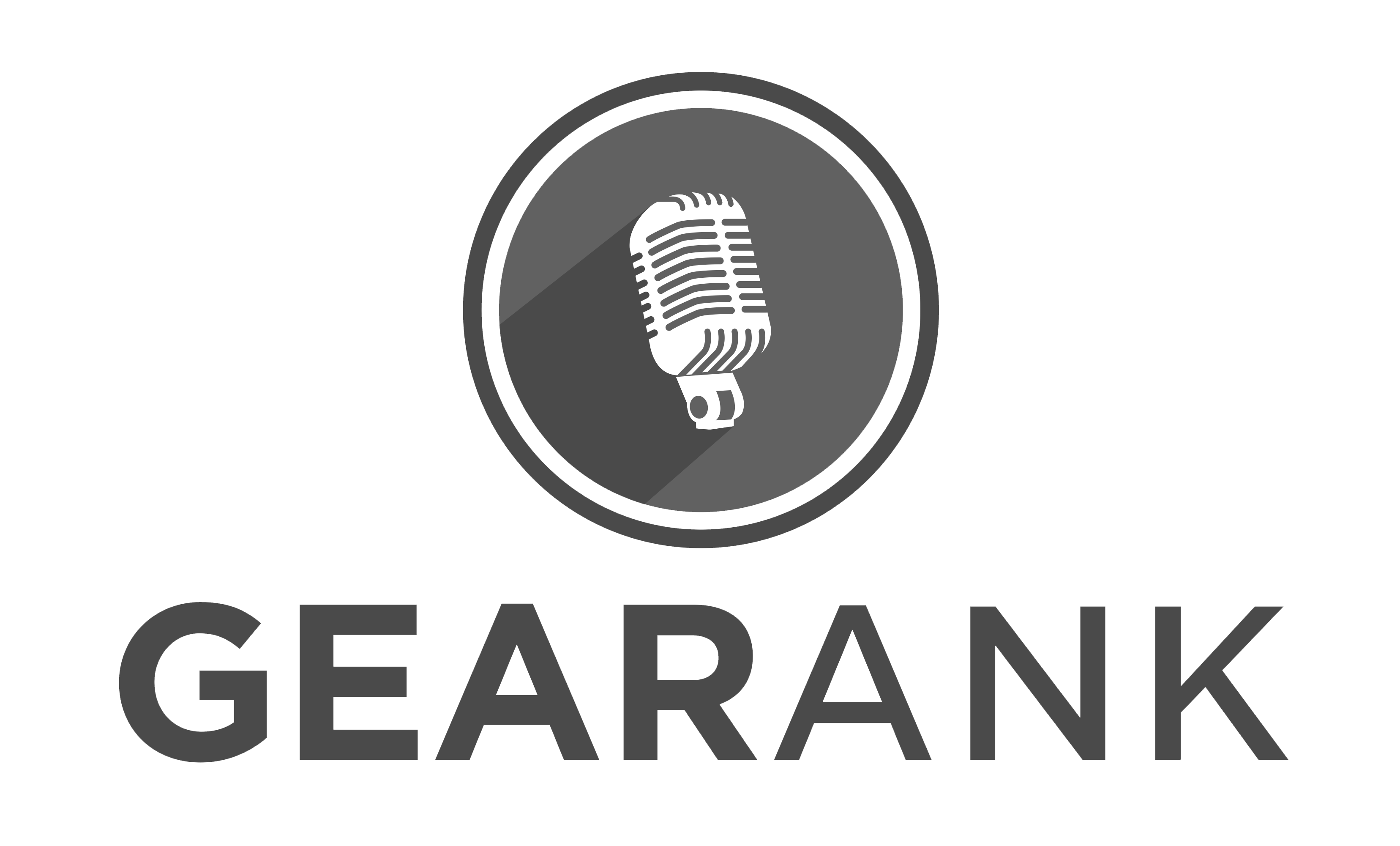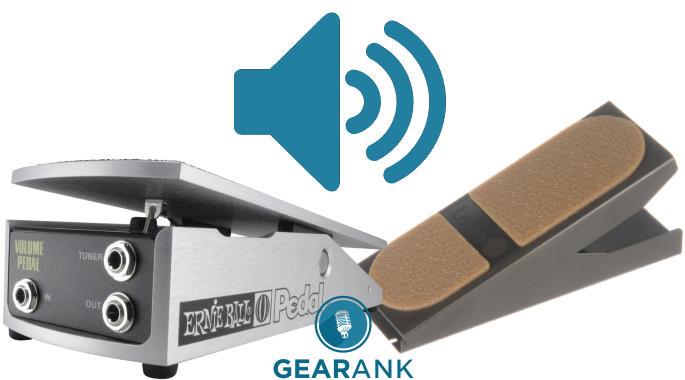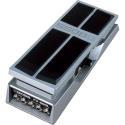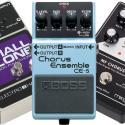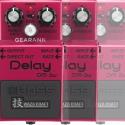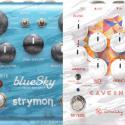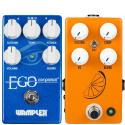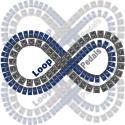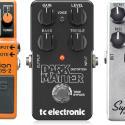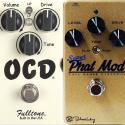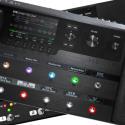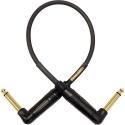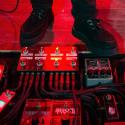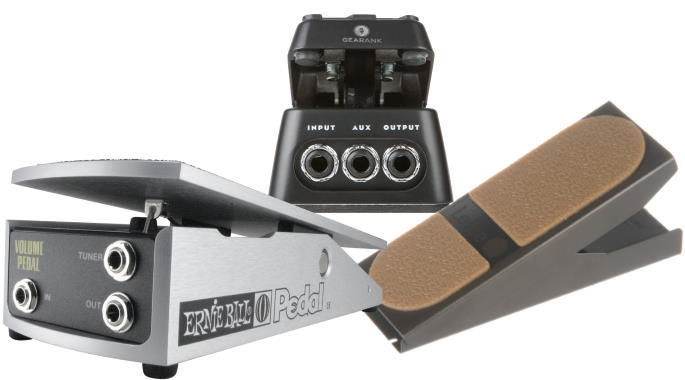
Learn how to control your rig’s master volume and create sweeping soundscapes via the use of volume pedals.
Introduction
When it comes to guitar pedals, we are all quick to point to drives, fuzzes, and atmospheric modulations as the core pieces of any rig. However, to really get the most out of most of these effects and playing techniques we all love, you must have some sort of dynamic control. Whether it’s your ability to alternate picking lightly and harder, or perhaps you use your volume knob to create swells or adjust your rhythm and lead levels on the fly. But isn’t there a simpler way to do all this? Well yes, let me introduce you to volume (and often expression) pedals.
By definition, a volume pedal is something that looks an awful lot like a wah pedal and controls the master volume of your rig. Just like operating any foot pedal, you push down or up to go everywhere in between full volume and silence. Oftentimes, these pedals are multi-function, some like the Ernie Ball VPJR Tuner/Volume pedal have a tuner built-in, others like the Boss FV-500H can be used as both a volume or expression pedal.
For those who don’t know much about expression pedals, they can allow you to externally control the parameter of another pedal, like a delay or reverb, with your feet. So for example, you plug in your trusted Boss RV-6 Reverb pedal and enjoy the shimmer setting quite a bit. But what if you want to alternate the depth of the shimmer reverb in the middle of a song or set? It’s pretty inconvenient to bend down mid-song and turn the knob? And if you do that, one hand has to come off the guitar, thus preventing playing. Well an expression pedal will let you control that depth with your foot, meaning you can crank up the shimmer for the wavy, atmospheric verses, and then turn it off for some hard hitting clear chords in the chorus. Simply plug a cable from the expression pedal, into the clearly labeled expression input on your RV-6 and enjoy.
Where Do I Put A Volume Or Expression Pedal In My Chain?
The best volume pedals can go in almost any place in your guitar pedal order signal chain, depending on how you want to use it. Do you want it to be a complete master volume control for your entire rig, effects and all? If so, it should be the last pedal in your chain, even after your looper pedal if you don’t want to control the level of different loop layers. This is super useful for lowering the volume of your guitar tone, without losing any of the gain or overdrive you may have dialed in. If you want to use the volume pedal to strictly change the volume of your guitar, similar to how you would use the Volume pot, but easier and with more sensitivity, put it as the first pedal in your chain.
One of the most common places you’ll find a volume pedal however is in the middle of a board. You can use it as a sort of boost or control for your gain stages. Once again, you can lower the volume without losing any of your distortion, though this time you can do so without adjusting the volume of your modulation section. This helps capture a better portion of the modulation signals, like subtle, quiet reverb and delay trails.
Expression pedals can essentially go anywhere in your chain, because they are only interacting with one pedal, so if you use a dual volume and expression pedal, simply follow the recommendations above when finding a home for it on your board. The same is true for volume/tuner pedals, though there are some occasional volume/wah combination pedals, and those should generally stay at the front of your signal chain, where filters like wah perform best.
See a list of the Highest Rated Guitar Volume Pedals
How Are Volume Pedals Typically Used In Guitar-Based Music?
One of the most common applications of volume pedals is to use it to create a sweeping or swelling sound with your guitar. Think of it like how some songs fade in or out on your favorite records and albums. You can build up to a guitar part like a guitar solo or chorus but slowly increasing the volume. Or, you can slowly ease out of a song without needing an outro riff or big conclusion, by slowly fading out your playing as you lower the volume. You’ll also find these pedals popular in genres and styles like “shoegaze”, where multiple layers or loops of playing are stacked on top to create atmospheric music. Swells using a volume pedal can create a wave-like effect, as guitar chords drift in and out. Volume pedals are also very popular in the Praise & Worship genre of music, being used for similar sound effects mentioned above. Anything that might want to sound dynamic will likely call for some sort of volume control! For expression pedals, that we’ll lump in with volume pedals, have a much more diverse audience, because almost any genre can find use for a guitar effect like overdrive, chorus, reverb, or delay that can be externally controlled by an expression pedal.
It’s also important to remember there are no hard and fast rules on how to use a volume pedal! If you think a volume pedal can be a creative tool for your performing or songwriting, who cares how you use it? Use it to play quieter, high gain music in a crowded house or use it to create rippling waves of reverberated madness. With a wide variety of options on the market from Ernie Ball, Boss, and Dunlop, find the volume pedal that fits your budget and musical needs, and start creating!
About the Author and Contributors
Matt Dunn
A journalist from southern Rhode Island who focuses on DIY guitar mods, gear reviews, and opinion articles and has been playing guitars since he was 14.
When he's not writing or installing P-90s into guitars, he's pursuing a graduate degree in chemical oceanography at the University of Rhode Island. Follow him on Twitter @MDunn_33.
Contributors
Jason Horton – Editing and Illustrating.
Media
Main/Top Image: By Gearank.com using photographs of the Ernie Ball 250K Mono, Dunlop DVP4 X and Lehle Mono.
